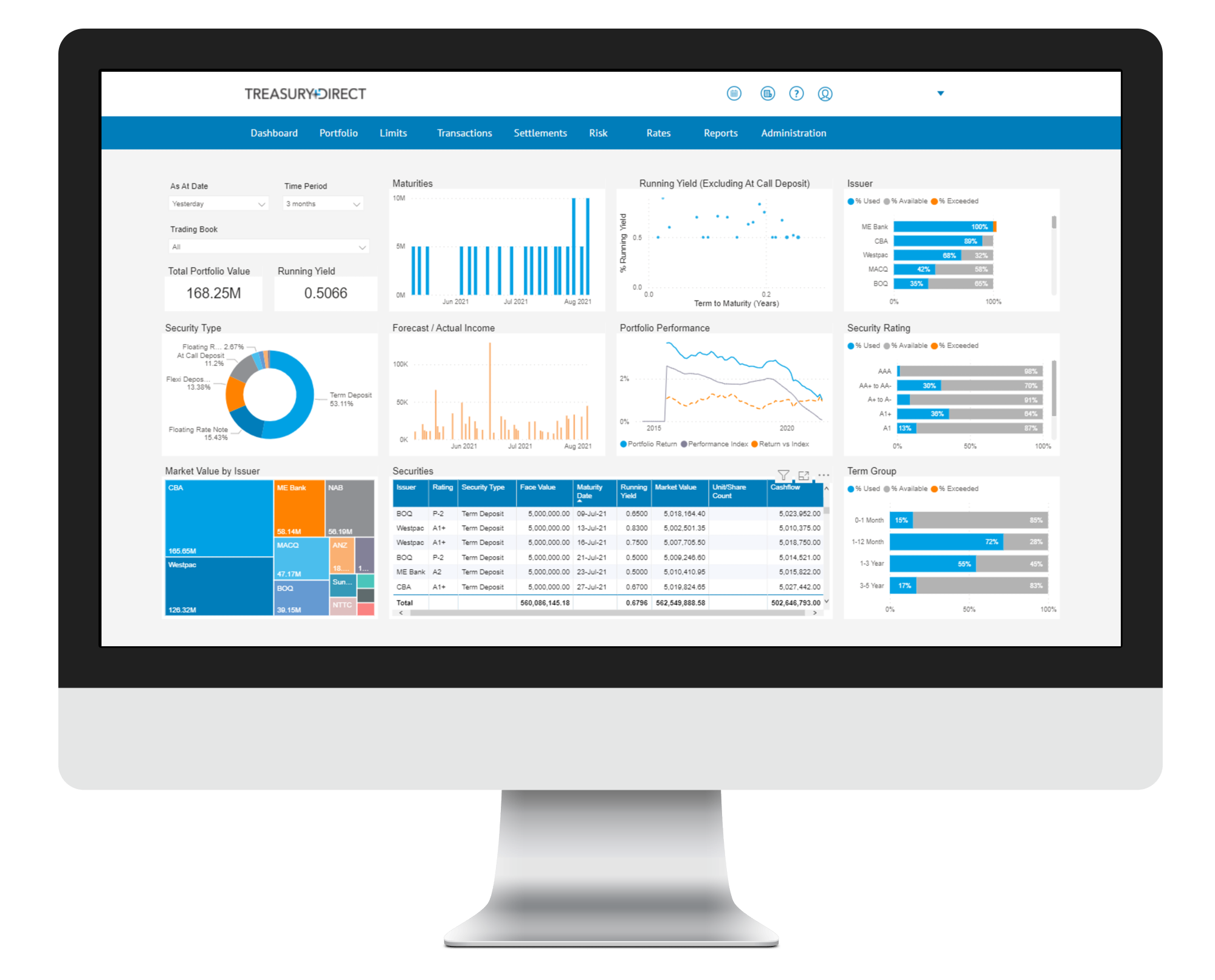Markets Overview
- ASX SPI 200 futures down 0.1% to 8,199.00
- Dow Average up 0.2% to 42,397.06
- Aussie up 0.1% to 0.6186 per US$
- US 10-year yield little changed at 4.7883%
- Australia 3-year bond yield fell 2.2 bps to 4.05%
- Australia 10-year bond yield fell 2 bps to 4.61%
- Gold spot up 0.4% to $2,673.66
- Brent futures down 1.3% to $79.98/bbl
Economic Events
- 11:00: (AU) Australia to Sell A$800 Million 3.5% 2034 Bonds
Stocks bounced around all day long, with traders unwilling to make any significant bets as they awaited key inflation data for clues on path of Federal Reserve rates over the next few months.
After several twists and turns in the run-up to the consumer price index, the S&P 500 finished 0.1% higher. While most of its shares advanced, big tech once again came under pressure. Options traders are bracing for the US equity benchmark’s busiest CPI day since March 2023. The index is expected to move 1% in either direction on Jan. 15, based on the cost of at-the-money puts and calls, according to Stuart Kaiser at Citigroup Inc.
“All eyes are now on Wednesday’s CPI report, which may be the most important inflation reading in recent memory, as it will fuel the market’s Fed-obsessed sentiment,” said Chris Brigati at SWBC. “A strong inflation number adds to this idea of no cuts in 2025, and potentially even a rate hike, while a weak inflation data point may help to calm the market’s Fed fears.”
Data Tuesday showed the producer price index unexpectedly cooled in December, helped by a drop in food costs and flat services prices. Yet several of its components that feed into the Fed’s preferred inflation measure — the personal consumption expenditures gauge — were actually mixed in December.
“This means the Fed and markets will not benefit from particularly benign PPI inputs into PCE as was the case in November,” said Krishna Guha at Evercore. “In the very near term, this leaves markets exposed (in both directions) to Wednesday’s CPI report.”
The S&P 500 closed above its 100-day moving average after briefly falling below it. The Nasdaq 100 fell 0.1%. The Dow Jones Industrial Average added 0.5%. A gauge of the “Magnificent Seven” megacaps slipped 1%. The Russell 2000 of small firms gained 1.1%. Homebuilders jumped after KB Home’s earnings beat. Eli Lilly & Co. sank 6.6% amid disappointing sales.
The yield on 10-year Treasuries was little changed at 4.78%. The dollar slipped after Bloomberg News reported Donald Trump’s incoming economic team is considering gradual hikes in tariffs, helping avoid an inflation spike.
Oil dropped from a five-month high as Hamas and Israel tentatively agreed to a cease-fire, cooling a rally fueled by risks to Russian and Iranian supplies.
Underlying US inflation probably cooled only a touch at the close of 2024 against a backdrop of a resilient job market and steadfast economy, supporting the Fed’s go-slow approach to further rate cuts.
The consumer price index excluding food and energy is seen rising 0.2% in December after four straight months of 0.3% increases, according to the median projection in a Bloomberg survey of economists. The core CPI, a better snapshot of underlying inflation, is forecast to have risen 3.3% from a year earlier — matching readings from the prior three months.
A survey conducted by 22V Research showed 47% of investors expect the market reaction to CPI to be “risk-off,” 29% think “risk-on” and 24% said “mixed/negligible.” The survey also showed that 53% of the respondents believe that financial conditions need to tighten.
“Higher interest rates or some tightening of financial conditions appear needed for the US economy to achieve “macro balance” (core PCE closer to 2% and full employment), said Dennis DeBusschere at 22V.
Wall Street is also gearing up for the unofficial start of the earnings season, with results from big banks hitting the tape on Wednesday.
Lenders including JPMorgan Chase & Co. and Wells Fargo & Co. are expected to show continued gains from trading and investment banking, which helped offset net interest income declines caused by higher deposits and sluggish loan demand.
“When it comes to big-bank earnings, net interest income is the key data point to watch,” Brigati at SWBC said. “If banks have been able to take advantage of borrowing at cheaper rates versus their loan portfolio, this is a constructive sign for the coming year.”

